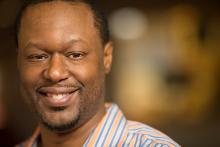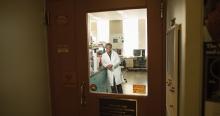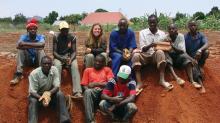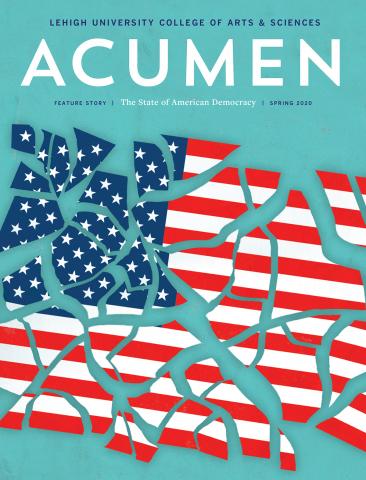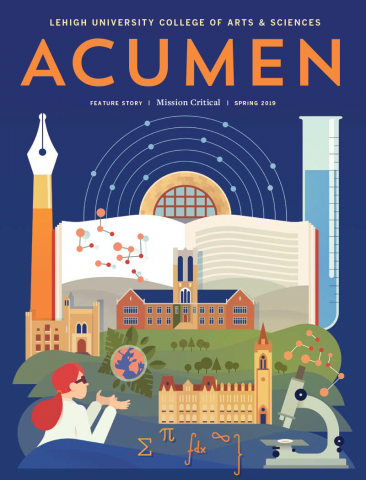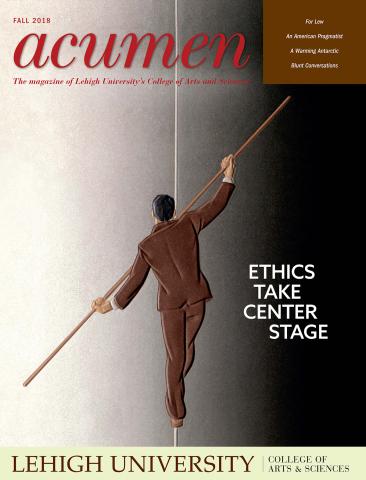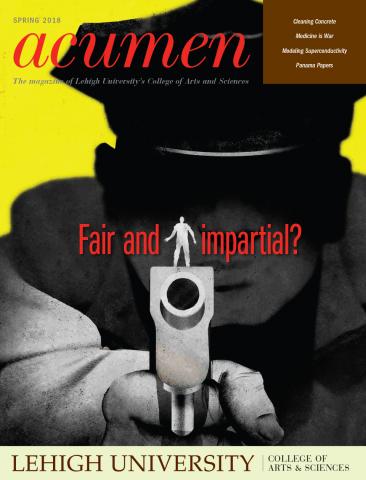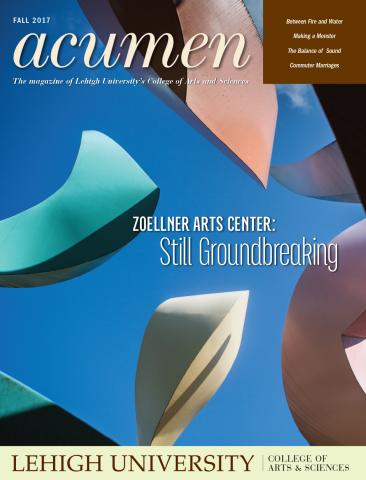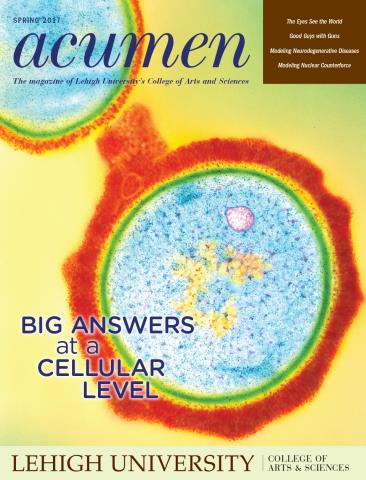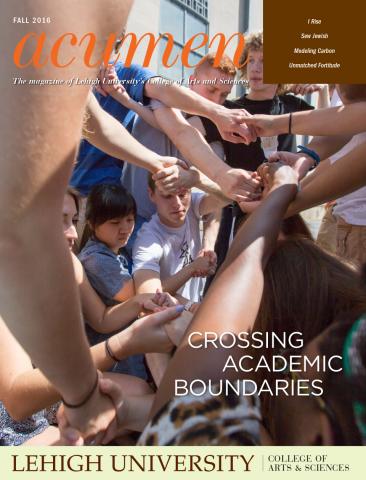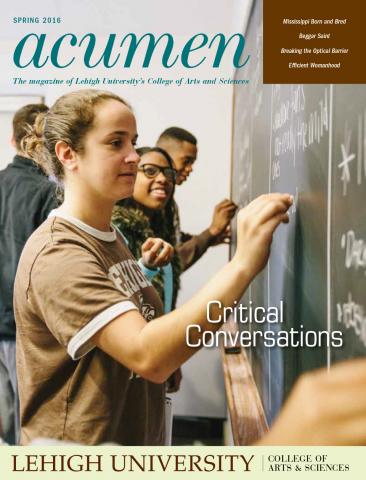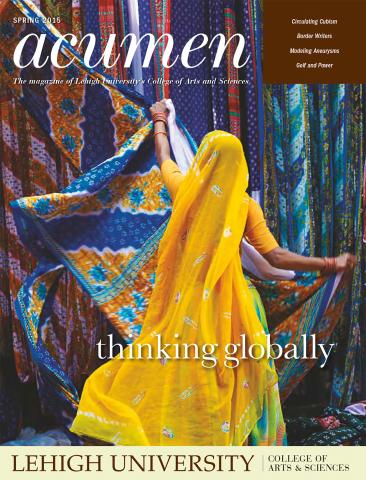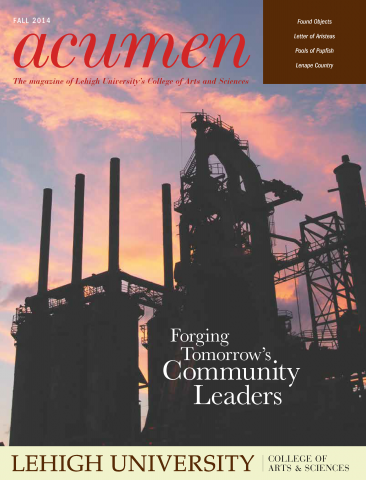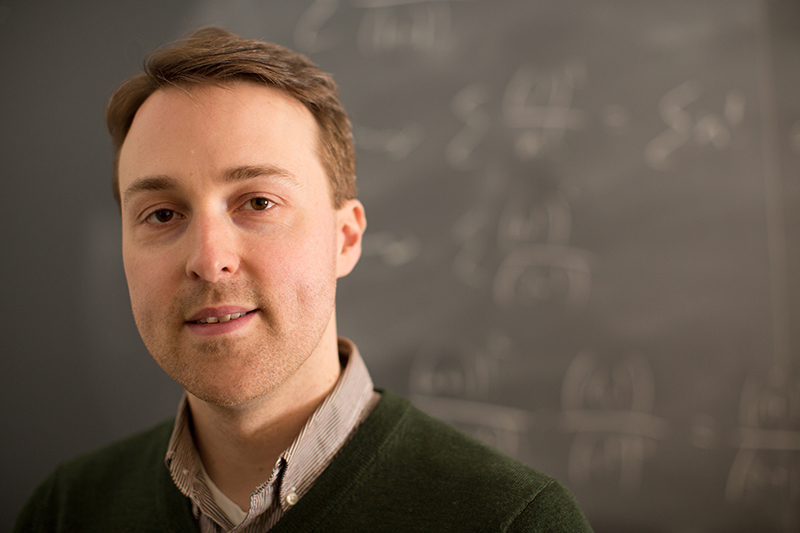
Euclidean geometry, the study of flat space, tells us that between every pair of points there is a unique line segment which is the shortest curve between those two points. The segment between them is the shortest curve that can be drawn between the endpoints. Two-dimensional ideas can be described by drawing on a flat piece of paper, but suppose instead of a flat piece of paper, you have a curved piece of paper. You might have a cylinder, or a sphere. Riemannian geometry, the study of curved spaces, is of particular interest to Robert Neel.
Neel, assistant professor of mathematics, examines the numerous techniques employed in geometric analysis and probability, exploring geometric structures that have some degeneracy. The overarching theme to his work is the use of probabilistic methods, such as Brownian motion, and the techniques apply to many mathematical problems, he says.
“Surfaces in a larger space aren't generally thought of as degenerate, but from a probabilistic standpoint, Brownian motion along the surface is degenerate in a way quite similar to what you see in sub-Riemannian geometry,” he says. "I've been focused on developing tools which provide a common method for several different problems, is perhaps a little inverted.”
Neel’s research into sub-Riemannian geometry, a mathematical discipline with origins in classical mechanics, lies at the center of a collaborative effort with French scientists. The motions of robot arms, or the act of parallel parking a car, employ sub-Riemannian geometry, and Neel’s colleagues are taking his computations and utilize them in practical applications. Sub-Riemannian geometry also has use at a basic level in understanding how human brains process information. The excitation of neurons in the brain mirrors a Sub-Riemannian geometric structure and researchers can model some neural processes with a sub-Riemannian setup, leaving the door open to countless future projects for Neel.
“I feel like somewhere between geometry and probability, and some analysis, there are a lot of interactions that people certainly have explored, but not as systematically as I think it merits. There’s too much left on the table.”




